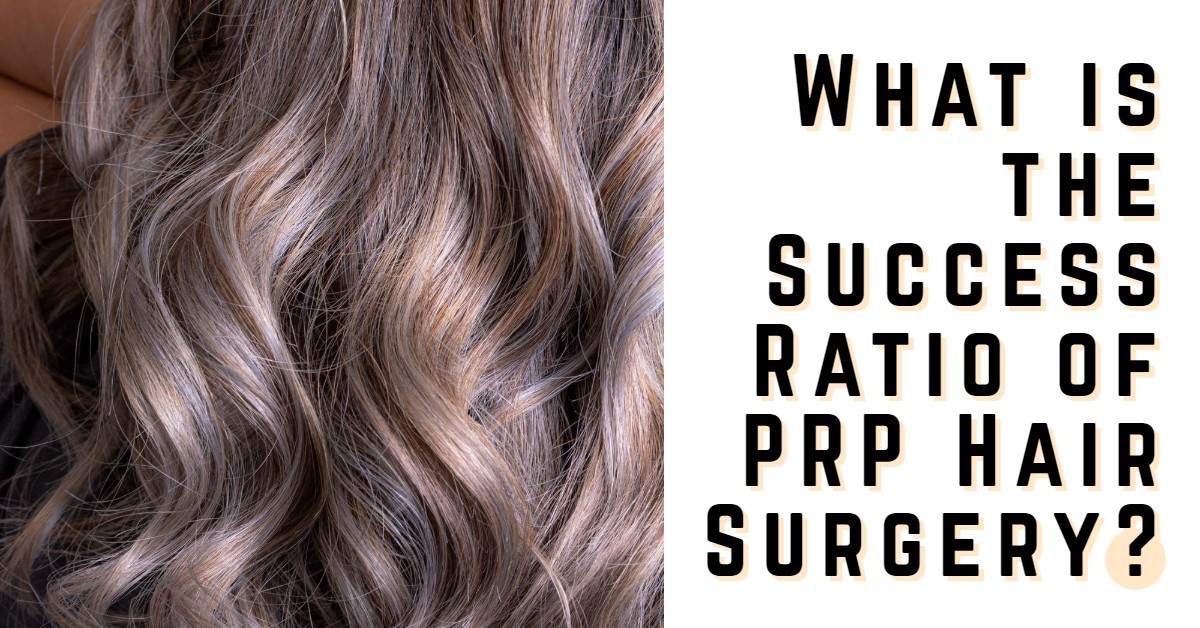When your hair stops growing or starts falling out, it can be devastating because hair plays a great part in making us beautiful and confident. Depending on the extent of your hair loss, there are several treatments with different outcomes and success rates. Some of the techniques used are advanced, while others have been there for a while. If you suffer from full hair loss, medication treatment isn’t the best option because drugs only reduce or stop hair loss.
Many people who go for hair loss medication treatment think that they are meant to make hair grow. Currently, there are no tested and proven medications that can speed up hair growth rate or make hair grow in balding areas of the scalp. If you are suffering from extensive hair loss, the best techniques that are guaranteed to offer effectiveness are hair transplantation and PRP for hair loss. This article will explain how PRP hair treatment works, and its success rate once administered to a hair loss patient. Read along to understand better.
What Does PRP Stand For?
To understand how PRP hair treatment works, we first have to know its meaning. In full, PRP stands for platelet-rich plasma. Blood contains several components that carry out different functions in the body. We have red blood cells, which help to carry oxygen throughout the body; the white blood cells, which help to fight pathogens and disease-causing germs; and plasma, which contains a high concentration of platelets to clot blood whenever there is an injury or the generate new cells which have died.
What is PRP for Hair Loss Treatment?
To understand better how PRP works, you have to know that PRP is not only used to treat hair loss but was discovered long ago to treat sports-related injuries. The therapy is commonly used to treat damaged ligaments, muscles, and tendons. The treatment has proved to be quite effective in treating such injuries.
Doctors perform this treatment to draw blood from the patient to extract platelet-rich plasma from the blood sample. Once it is extracted, the platelet-rich plasma is injected into the injured areas to regenerate cells and speed up healing.
In hair loss, the doctor performing the therapy will first draw blood from the patient and place it into a centrifuge to separate the different blood compounds. After the blood sample is spun rapidly for ten minutes, it will divide itself into three layers: the platelet-rich plasma, red blood cells, and platelet-poor plasma. Since platelet-rich plasma is needed in the hair restoration process, the doctor will use a syringe to draw and inject it into the patient scalp.
How Effective is PRP for Hair Loss?
Various aspects determine the effectiveness of PRP hair treatment. The first thing that the doctor will do is establish the platelet count in the plasma. If the levels are low, there are medications to increase the concentration of platelets in the plasma. Its effectiveness will also depend on the doctor who is performing the therapy. Dr. John Kahen, who is among the few geniuses who came up with a PRP for hair loss solution, says that the solution needs to come from the patient’s blood only, and the concentration levels should be high to work effectively.
Another way to make PRP hair treatment more effective is by fusing it with the hair transplant procedure. Most of the time, hair will stop growing because hair follicles are dormant. Therefore, dormant hair follicles need to be replaced with active ones from a scalp region that hardly suffers from hair loss. That is where hair transplantation comes in.
The procedure involves taking or extracting healthy hair follicles from the head’s back and implanting them in the balding areas. In a Smart FUE hair transplant procedure, the hair grafts are placed inside a PRP solution before being implanted. Once implanted, PRP is injected into the recipient region to rejuvenate implanted hair follicles. Besides promoting hair growth, PRP also speeds up the healing process, making the recovery period much shorter.
The extent of the hair loss also determines the Platelet-rich plasma success rate. Certain hair loss conditions can’t be treated using PRP because the damage is irreversible. If the patient suffered physical trauma due to an accident that caused scarring in the scalp, the PRP hair treatment wouldn’t work in such a condition. If the patient is undergoing chemotherapy that causes hair to fall out, PRP won’t work in such a medical condition.
Conclusion
Understanding the situation of your hair loss is paramount if you want to get the best outcome possible. PRP hair treatment works much better in mild hair loss conditions or combined with the FUE hair transplant procedure. If you are not sure why your hair is thinning, seek a doctor’s opinion first before opting for any hair loss treatment.
Author Bio:
Naman Modi is a Professional Blogger, SEO Expert & Guest blogger at beverlyhillshr.com. He is an Award-Winning Freelancer & Web Entrepreneur helping new entrepreneurs launch their first successful online business.



